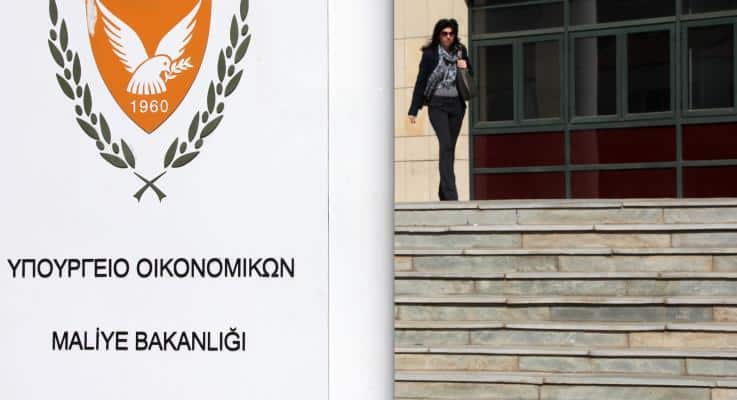EU Unveils €400 Billion Rescue Package: Joint Borrowing to Tackle Economic Headwinds

EU's Bold Move: €400 Billion Crisis Fund Backed by Joint Borrowing
In a significant step to bolster the European economy against ongoing challenges, the European Commission has proposed a landmark €400 billion (approximately $463 billion) crisis tool. This ambitious plan, revealed on Wednesday, will be financed through a novel approach: joint borrowing among EU member states. The move aims to provide a vital safety net for countries grappling with economic instability and to stimulate growth across the bloc.
Why the Need for a Crisis Tool?
The European Union has faced a series of economic headwinds in recent years, including the lingering effects of the COVID-19 pandemic, rising inflation, and the impact of geopolitical tensions. These factors have created uncertainty and put pressure on national economies. The proposed crisis tool is designed to address these challenges directly, offering targeted support to member states in need.
Joint Borrowing: A New Approach
The decision to finance the crisis tool through joint borrowing marks a departure from traditional EU financial mechanisms. Under this model, the European Commission would borrow money on the international markets on behalf of the entire bloc. This approach leverages the EU's collective creditworthiness, potentially securing lower interest rates and more favourable borrowing terms than individual member states might achieve on their own.
How Will the Funds Be Used?
The €400 billion will be allocated to support member states facing severe economic hardship. The funds can be deployed in various forms, including:
- Loans: Providing financial assistance to governments struggling to meet their obligations.
- Grants: Offering non-repayable aid to support specific projects and initiatives.
- Guarantees: Providing security for investments and loans, encouraging private sector participation.
Priority will be given to projects that promote sustainable growth, digital transformation, and the green transition, aligning with the EU's long-term policy objectives.
Challenges and Considerations
While the proposal has been welcomed by many, it also faces potential challenges. Some member states have expressed concerns about the implications of joint borrowing and the potential for moral hazard. Negotiations are ongoing to address these concerns and ensure that the crisis tool is implemented effectively and responsibly.
Looking Ahead
The proposal for a €400 billion crisis tool represents a significant moment for the European Union. If approved, it will provide a crucial lifeline for member states facing economic difficulties and help to strengthen the bloc's overall resilience. The coming months will be critical as EU leaders work to finalize the details and navigate the complex political landscape surrounding this ambitious initiative. The success of this tool will depend on a collaborative approach and a shared commitment to the economic well-being of all Europeans.






